R.C. Mohawk (2/2)
R.C. Mohawk
The Revenue Cutter Mohawk was built in 1902 in Richmond, Virginia. She was commissioned on May 10, 1904, and was owned by the Treasury Department. The Mohawk was 205 feet, six inches long, 32 feet wide, powered by steam, and displaced 980 tons. On April 6, 1917, she was temporarily transferred to the Navy. The Mohawk served coastal duty for convoy operations.
On October 1, 1917, the single-screw cutter was sunk due to a collision with the British tanker SS Vennachar. According to the Navy's report of the incident, "The British vessel struck the Mohawk nearly at right angles, her stem cutting into the side amidships, abreast the engine room, between the launch davits, smashing the surf boat and cutting into the ship's side to such an extent that the use of a collision mat was out of the question ... Pumps were started at once, the general alarm sounded, and all hands called to take stations for abandoning ship."
The ship filled rapidly and began settling by the stern. She took one hour to go down, which left plenty of time for all 77 crew members to be rescued by the USS Mohigan and USS Sabalo. The USS Bridge arrived on the scene and attached a cable to the Mohawk's bow bit. She then attempted to tow the Mohawk into shallow water. Before rescuers were able to generate any forward movement, it was noticed that the Mohawk had begun to sink rapidly and list heavily to port. The commanding officer of the Bridge was forced to cut the tow line and throw both engines into full speed ahead to get clear. " With her bow high in the air, the Mohawk settled slowly, emitting quantities of smoke".
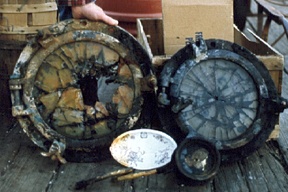
Today, the R.C. Mohawk rests on a silty bottom, ten miles south of Debs Inlet, 12.5 miles from Sandy Hook in 100 feet of water. Her bow sits upright, amidships is broken down. Her boilers are recognizable, while her engine remains upright and her stern lies on its starboard side. For many years, her location was not too suitable for divers or fishermen, since its was almost directly under a sewage dump location, but this is changing with the new offshore dumping laws. In fact, the wreck has been cleaning up, visibility is better, and the bottom is becoming less silty. As a side note, it's recommended that you don't eat any lobsters from this site due to the previous years of dumping, but she is definitely recommended to divers looking for artifacts.
Excerpted from Wreck Valley CDROM by Dan Berg
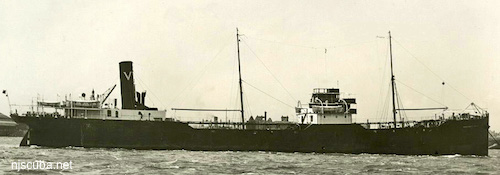
Mohawks Through the Years
- # 1 sail frigate ( 1814-1821, Great Lakes )
- # 2 screw steamer ( 1858-1864 )
- # 3: harbor tug YT-17 ( 1898-1948 )
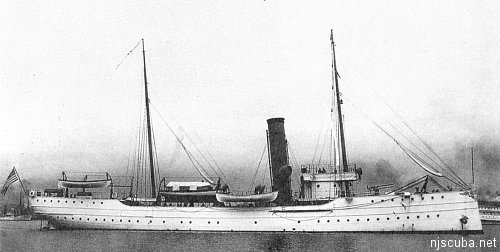
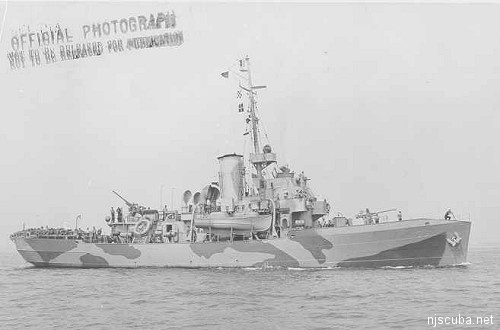

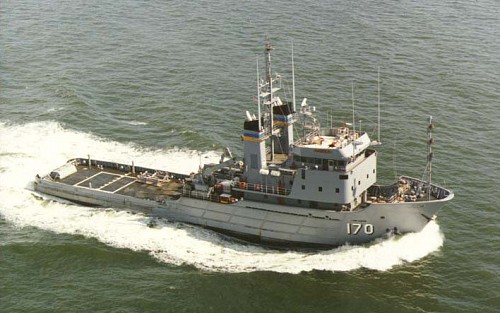
Underwater photos courtesy of Brad Sheard

Questions or Inquiries?
Just want to say Hello? Sign the .